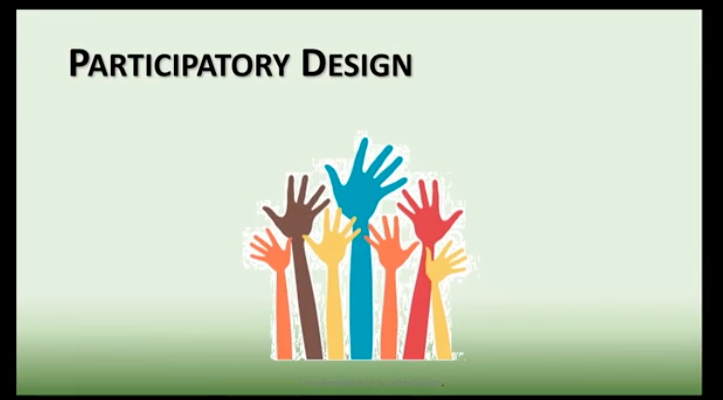|
What is Participatory Design?
Design for, with, and by People Living in Poverty.
Melissa Mangino
September 2019
|
TOPIC Selection
Topic: Participatory design as a methodology to create solutions to global poverty challenges.
Rationale: The use of participatory design as a tool in poverty alleviation is re-thinking the role of technology and design in development. It has empowered thousands to address the daily challenges of poverty through design, prototyping, production, and social entrepreneurship, and is reshaping the way that development is practiced.
Description / Background of Learner (who would need this instruction): Global development practitioners or students who are working with communities living in poverty that seek to create solutions to challenges they face in increasing their livelihoods. Generally, a diverse group that could include college-level students embarking on a class-sponsored trip to the field, professionals working for NGOs, public-policy actors, and/or local community engagement organizations.
Task Analysis
Goal of Instruction:
Learners will examine the participatory design process in order to determine the appropriate approach to use when engaging communities in design projects aimed at creating solutions to poverty-related challenges. Specifically, this module will introduce the fundamentals of participatory design methodology in order to prepare for a week-long hands-on professional education course in inclusive innovation.
Performance Based Assessment:
Learners, in 500 words or less, Describe the design challenge you want to work on during this course.
- Using the Key Considerations Chart, choose the participatory design approach you think will be most appropriate and why. (If you have not yet identified a design challenge, consider past projects or a hypothetical scenario that is in line with the type of work you do.) Be sure to include
- Who your stakeholders are
- Why you would want to engage them
- How you will engage them.
- Bring this assignment with you to the week-long course, as you will be applying your learnings to your challenge throughout the week.
Tasks:
- Explain the purpose of a participatory design process
- Learners will define participatory design and summarize the rationale behind using it in the context of international development.
- Learners will identify potential stakeholders and processes used in participatory design
- Learners will take a short quiz to check their knowledge, scoring at least 80% continue on to the next section.
- Discuss the benefits and challenges of using participatory design
- Learners will review the potential benefits of participatory design
- Learners will review the potential challenges of participatory design.
- Learners will take a short quiz to check their knowledge, scoring at least 80% continue on to the next section.
- Compare and contrast different types of participatory design (human-centered design, co-design and user-generated design)
- Learners will watch a short video about a social enterprise that employed participatory design techniques
- Learners will identify the who, how, and why of each type of participatory design used by the social enterprise.
- Learners will complete a short-answer quiz asking to consider what factors should determine the type of participatory design approach to use for a given scenario.
Tasks, objectives and measurements
For this study, develop at least three objectives based on the results of your task analysis. (Review Blooms’ Taxonomy to help identify key action verbs to write our objectives). For each objective identify how you will formatively evaluate students’ ability to meet each objective you have identified from the task analysis. Reminder: if you have an objective you must identify a way to evaluate students’ progress in meeting that objective (called alignment).
Objectives
- Learners will be able to explain the purpose of a participatory design process.
- Learners will be able to discuss the benefits and challenges of using participatory design.
- Learners will be able to compare and contrast the different types of participatory design.
Measurements/Evaluation (one per objective)
1. Multiple Choice Quiz (80%)
2. Multiple Choice Quiz (80%)
3. Short Answer Quiz (80%)
References
Pappas, C. (2013, July 10). How Rapid eLearning Development Provides Additional Value to an eLearning Project. Retrieved July 9, 2019, from https://elearningindustry.com/how-rapid-elearning-development-provides-a...
Parlakkılıç, A. (2014). Rapid E-Learning And Desktop Virtualization In Education. Retrieved July 9, 2019, from https://www.academia.edu/9724436/Rapid_E-Learning_And_Desktop_Virtualization_In_Education
Kuhlmann, T. (2007). The Insider’s Guide To Becoming a Rapid E-Learning Pro. Retrieved July 9, 2019.


